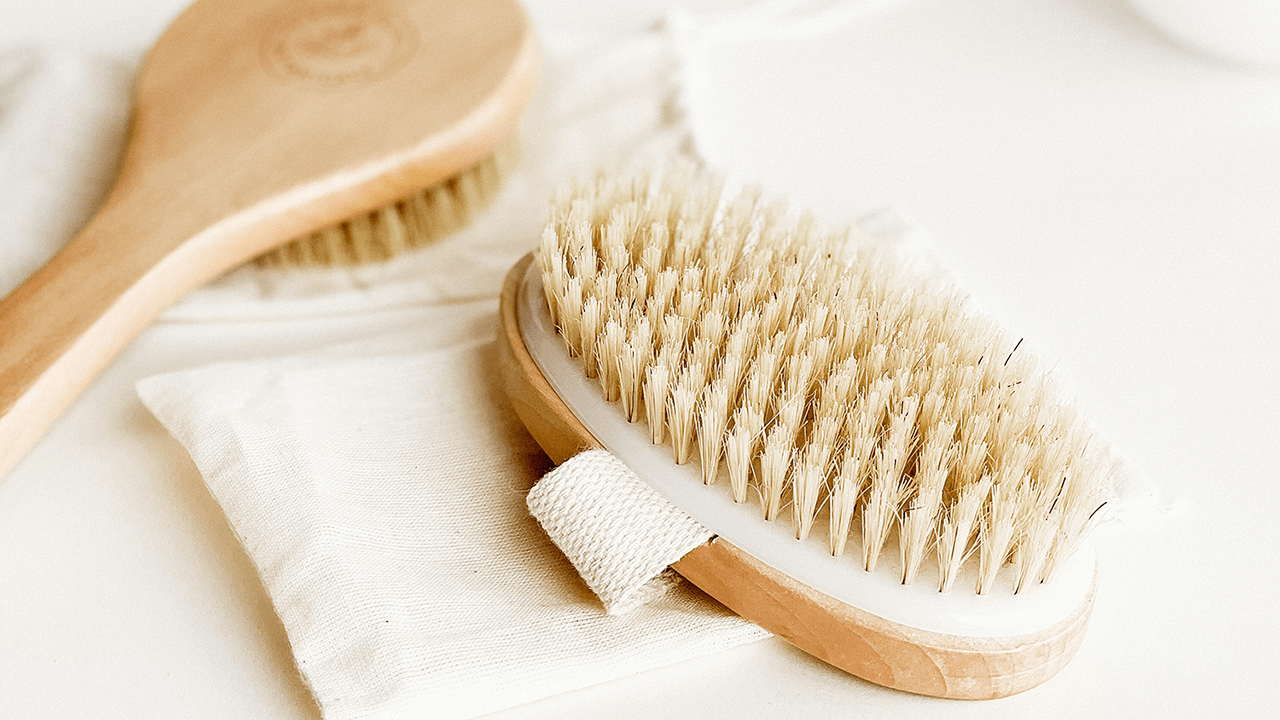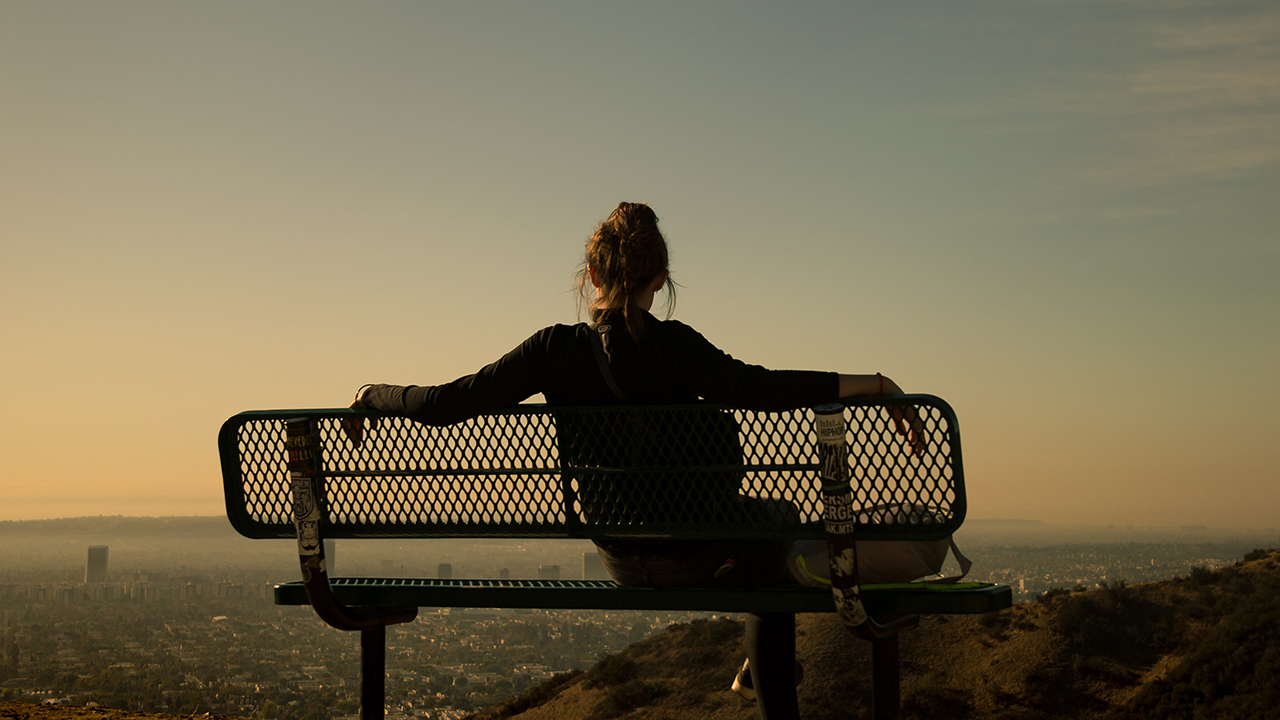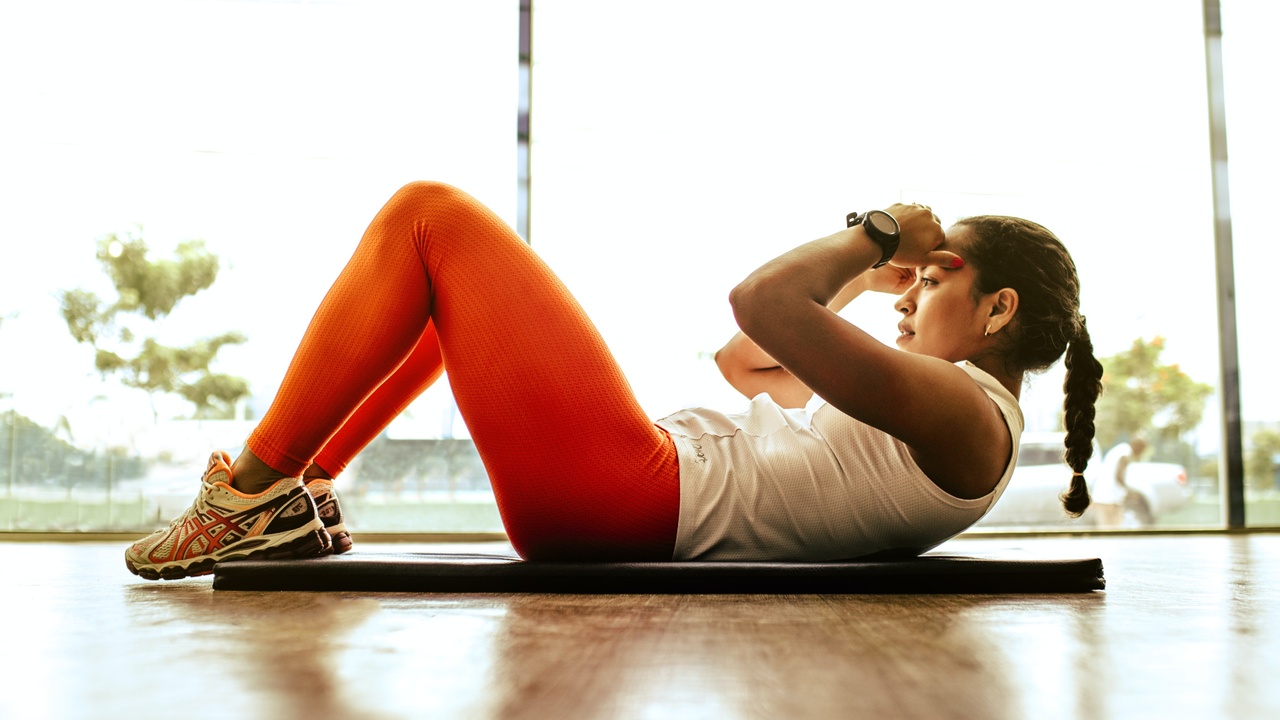Simple and effective
One of the most popular recommendations I give to clients is dry skin brushing. This is a simple self-care home routine that can take as little or long as you have. Even doing for a minute a few times a week can have noticeably beneficial effects and most people find it is so enjoyable that it becomes part of their bathing routine very easily. Stimulating the skin in winter is important when it gets less exposure to the natural stresses of the outdoors.
Self stimulation!
The main aim behind skin brushing idea is to move out surface toxins and 'energise' your skin to get blood flow going. This is also stimulating your lymphatic system, the fluid channels of your immune system which run beneath the skin. As your skin is your largest organ and the second organ of detoxification after the liver (via the lymphatic system), brushing it increases the capacity of your skin to eliminate toxins, making it easier for your whole body to shed wastes. Dry skin brushing also r...
January is a time of new beginnings and even recalibration – taking stock of the aspects of our lives where we go awry and find ourselves going round and round in circles.
So much of where we can get stuck is based on old survival strategies learnt in early childhood and listening to these inner voices of what we need to feel safe and secure is a key part of moving through life in a stress-free way.
The more we can let ourselves off the hook of expectation and recognise our true needs, the less self-judgment we need to throw up and the kinder we can be to ourselves.
This is the stuff that can help us be free our reactions and behaviours that we might be fed up with with; turning to sugar or alcohol when we’re stressed, arguing with our partner or feeling a mental and physical exhaustion that stops us from exercising in the way we’d like.
For instance, my ‘resolutions’ last year were:
1. Notice when I’m close to or have become overwhelmed and respond…
2. Work less and only do what I...
We are always going through phases of change, whether we notice them as substantial or not. This January one can often seem like the motherload though, with high expectations and suggestions coming at us from all angles.... whether it's giving up something, doing something else or fixing that thing that is 'wrong' with us, there is a sense of this ideal, other self that we should be.
There is a phrase doing the rounds at the moment that is particularly pushing my buttons; "be the best (or better) version of yourself" - eh? What on earth does that mean? To me, there is an implication that if all the boxes are not ticked, I am simply not good enough. I guess it's the word version I react to there - we have so many facets to our beings that to judge some as good and others not so much adds in to our cultural norm of self-criticism.
I do believe in constant awareness of which unmet needs I am playing out for sure, but have learnt that I need to be mindful of looking at the uncons...
Whilst original yuletide feasts were designed to celebrate coming together as communities to nourish and fuel for the coming deep winter months, human’s love of the sweet stuff seems to get a free pass at Christmas. It can even seem conspiratorial when, if you politely decline the stollen cake, you can receive a sideways glance that makes you feel like you’re Scrooge.
Personally, a few years back I reached the limit of feeling like c*&p after each Christmas Day finally arrived – sluggish, head-achy, tetchy and with raging sugar cravings – and longing for when all the so-called ‘Christmas food’ was finally gone. I have a tendency to want to hoover up sugar just to get it out of the way, so this can seem endless with so much around!
For those of us with sugar-addictive tendencies, constantly having it around can be a major source of stress.
Many of my clients get pretty agitated going to meetings where there are always biscuits and the ‘bonding with sugar’ that is so prevalent...
It's easy to lose our sense of satisfaction and need-over-want at this festive time, but finding ways to stay connected can make the whole shebang leave a better taste in our mouths in the aftermath...
So the big question is, can we retain a sense of 'enough already' in the face of excess? The lead up to the main event is a good time to step back, take stock and see how Christmas is permeating our lives and our expectations.
Are you dizzy as a child at the thought of Santa’s touchdown or feeling the heavy burden of endless present-buying or relatives descending? Personally, I tend to feel quite different each year… BC (Before Child) I used to be able to get full-on festive one year and then positively ignore its existence the next, just enjoying some holiday time without the razzamatazz.
Now I’m swept up in the childhood vision of it all, it’s a time to experience with my daughter what I wish it to be; not about buying and getting yet more stuff, but about giving, sharing, j...
Running without shoes or in shoes that allow us to feel the ground is part of a primal movement trend, where greater anthropological understanding has created a shift across many exercise systems. This return to physical activity that honours our inherent design has taken up a more natural approach to our bodies by many, but what is thinking and research behind it?
“Shoes do no more for the foot than a hat does for the brain.” - Dr. Mercer Rang, orthopaedic surgeon and researcher in paediatric development.
This subject came into public awareness in a big way following the release of Born to Run: The Hidden Tribe, the Ultra-Runners, and the Greatest Race the World Has Never Seen (Profile Books 2010), the best-selling book from journalist Christopher McDougall, who after years of repeated running injury, successfully changed his running style to model that of the reclusive Tarahuma Indian Tribe in the Mexican Copper Canyons. They run over 100 miles at a time, at incredible speeds, with...
Happy, regulated mood is where life can feel most calm, easy and enjoyable. Yet many often feel in the grip of a rollercoaster rise of emotions, inner criticism, worry and self-doubt. These can include periods of low mood that can make existing daily feel extremely difficult and even downright exhausting.
Whether this falls into a label of ‘depression’ or not, from a holistic point of view, there are some key potential underlying causes that may offer potential change in how we view ourselves and the world. Attending to the self-care we need to be able to cope and find a more positive outlook can in turn allow us to participate in activities that we know elevate our mood. Humans have a naturally raise in mood and motivation via the reward neurotransmitter dopamine when we do anything that propagates survival of the species; eat, drink and exercise, but as pack animals, also through group bonding and cooperation, so group activities, sports, talking, eating together and touch all help ...
Winter in the 21st century can seem all about preparations for Christmas - shopping, decorations and TV, but inside, it’s all systems on heat and protection as we move into the coldest months of the year.
How can we ensure we keep strong through these months, instead of crippling our resources when we need them most?
It is always good to remember that Christmas for our fore-mothers and fore-fathers was always a time to see in the winter and prepare for the colder months to come. A huge difference between then and now is the availability of the food itself.
When we relied on what the land gave us – or later what we grew and raised – every calorie was precious, especially those from fat, the best compact source of energy to see you through the winter.
Now calories are all too abundant and living in centrally heated homes, we have removed the need to produce as much body heat from fat.
The motivation of a feast at the height of winter no longer fits with the way we live. Frenzied con...
With so much emphasis on what to eat, the how can get rather left behind, but the full process of digestion – breaking down and absorbing food – demands as much calm and mindfulness as any aspect of our yoga practice. When this is compromised, partially digested food in the gut can cause gas, bloating and contribute to IBS symptoms.
Time, stress and habit often see us bolting food or eating on the go without much thought. Optimal digestion needs energy resources fully directed to the gut and any movement quickly reroutes it out to the muscle; including just standing and using postural muscles. Stress also sends a signal to prepare for protective physical movement and again, muscle wins out. We feel a tense body, often including gripping and tightness in the belly as digestive processes are halted. Our digestive tract has nervous system activity of its own and you really can trust ‘gut feelings’ as a measure of stress.
It is the parasympathetic or calming and meditative tone of the ne...
Our energy and vitality are bound up in optimal function of a small, but important gland in our throat. Whether you have been diagnosed with a specific thyroid condition or simply feel sluggish and have difficulty losing weight, supporting the health of your thyroid may help improve how you feel.
Our energy levels are profoundly linked to our mental health and those with thyroid issues often reported that it feels like “life is passing them by.” From an Eastern perspective, the thyroid is associated with the throat chakra (energy wheel). Yogis believe this area represents expression and an energetic blockage here may have its roots in fear, inability of self-expression and frustration. Exercise is shown to support thyroid function, but ironically when it is under-functioning, motivation to move can be lost.
The thyroid gland is a butterfly shaped organ in the neck that produces thyroid hormones that travel to cells throughout the body. One of its major jobs is to regulate metabolism;...
We are not designed to be sedentary....
Exercise is fundamental for our immune systems, regulation of cholesterol, blood pressure, heart function, mental function, management of stress hormones etc.
The “etc” here really does mean everything that your body does and its regulation of all functions. It is constantly trying to get you back to a resting state where everything is within “normal” parameters, like blood pressure, blood sugar levels, female hormones, the pH (slightly alkaline) of your blood.
It is when it finds difficulty reaching this point of homeostasis (staying the same) that the real problems occur and when symptoms begin to show; for instance an inability to cope with stress often shows up in symptoms like irritability, insomnia, energy slumps, loss of concentration and depression.
You can see here that the body is struggling to get back to a balanced functioning state. It will also be using up lots of nutrients and may be damaged by elevated levels of stress hormone...
First published in What Doctor's Don't Tell You Magazine.
We all know the knock-on effects of a bad night’s sleep, but when insomnia becomes chronic it can affect our whole being and ability to function. The daytime fatigue it creates can send us reaching for sugar and stimulants, which in turn affect sleep.
Insomnia falls into two categories; difficulty falling asleep and waking in the night. It tends to be divided into primary insomnia, where sleeplessness is the main symptom and secondary, where sleep is affected by another condition e.g. arthritis, fibromyalgia and depression. From a holistic and psychoneuroimmunological (PNI) perspective - where our bodies work as one completely integrated system – the calming and soothing mechanisms that allow sleep have such far reaching effects on lowering inflammation, modulating immunity and regulating mood and motivation, that promoting sleep quality is a foundation of health; not just the absence of disease, but quality of life.
Even yog...
















